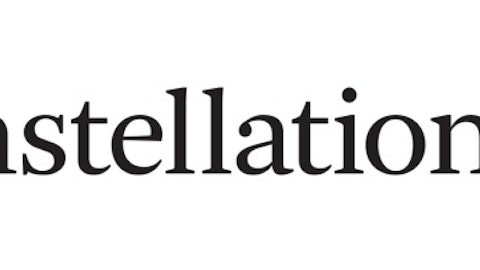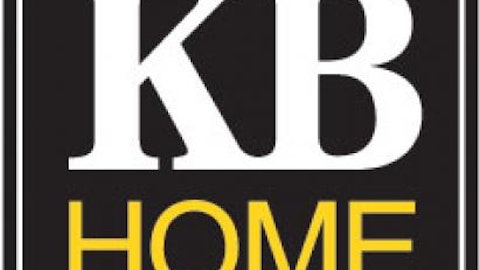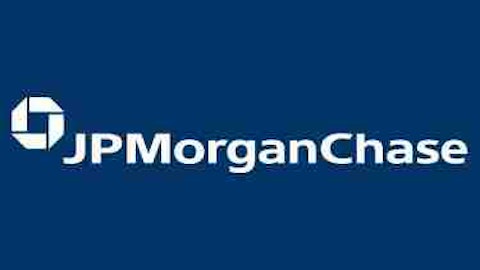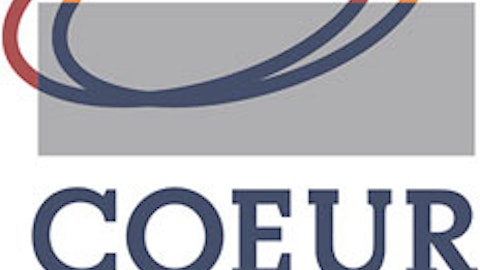Accordingly, we met our efficiency ratio goal with an adjusted tangible efficiency ratio of 63% for the year, well below the target we set at the beginning of the year. Given our outperformance in 2014 and the real revenue headwinds we face in 2015, further progress in the short term becomes much more challenging.
However, we are committed to delivering further efficiency improvement this year. Albeit modest, to stay on track to achieve our primary long-term goal of a sub-60 efficiency ratio. Moving to the balance sheet, average performing loans were up 2% on a sequential basis and 6% year-over-year, with continued momentum in C&I, commercial real estate and consumer.
Deposit growth improved this quarter, up 4% sequentially and 7% compared to the prior year. A portion of this growth is seasonal, and temporary in nature, but our core growth initiatives are gaining momentum, driven by better, execution and enhanced capabilities. Our credit quality continued to improve with MPL’s down 17% and net charge-offs declining 11 basis points compared to the third quarter, both reaching new multi-year lows.
While improving economic conditions have played a role in our strong asset quality performance, this is also the result of significant actions we’ve taken over the past several years to both de-risk and diversify our balance sheet and improve the quality of our production. Finally, our capital position continues to be strong and was relatively unchanged from the previous quarter with Tier 1 common estimated to be 9.7% on a Basel III basis.
So with that, let me turn it over to Aleem to provide some more details on the financials.
Aleem Gillani, Chief Financial Officer
Thanks, Bill. Good morning, everybody. Thank you for joining us as we wrap up 2014 and look forward to 2015. Before I begin my review of this quarter, I’ll remind you that our 2013 and 2014 reported results are impacted by certain non-core items. The details of which are included in the appendix of our earnings presentation and release. These items can skew both quarterly and annual comparisons and, therefore, I will primarily focus on adjusted results to make the core trends more clear.
Earnings per share in the fourth quarter were $0.72, including $145 million legal provision related to previously disclosed legacy mortgage matters, which reflects increased legal reserves and the final settlement of a specific matter. This legal accrual was recorded as we made further progress on certain matters in the fourth quarter. Accordingly, based on what we know today, we would expect our reasonably possible legal losses in excess of reserves to decline by a roughly similar amount.
Excluding the impact of this provision, adjusted earnings per share were $0.88 which were 9% higher than the prior quarter and 14% higher than the fourth quarter of last year. The sequential increase was driven by higher non-interest income, a lower provision for credit losses and a slightly lower effective tax rate.
Compared to the fourth quarter of last year, earnings growth was driven by a 7% reduction in adjusted expenses, higher mortgage related revenue and a lower provision expense which together more than offset the loss of income from Ridge Worth.
For the full year, adjusted earnings per share increased 18% compared to 2013, as solid balance sheet growth, lower expenses and improved asset quality more than offset a reduction in mortgage production income and a 17 basis point decline in the net interest margin.
Let’s review the underlying trends in more detail starting on slide 5. Net interest income was stable relative to the prior quarter as solid loan growth offset the effect of margin compression. Net interest margin declined 7 basis points, due to the decline in commercial loan swap income and lower securities yields which resulted from higher premium amortization as MBS cash flows increased. Core C&I loan yields, excluding swap income, were relatively stable compared to the prior quarter. However, we expect further compression in this asset class given the competitive landscape and low interest rate environment. As we have said before, loan yields in the wholesale segment are typically lower. However, the C&I business often brings with it additional non-interest income and deposit revenue opportunities.





